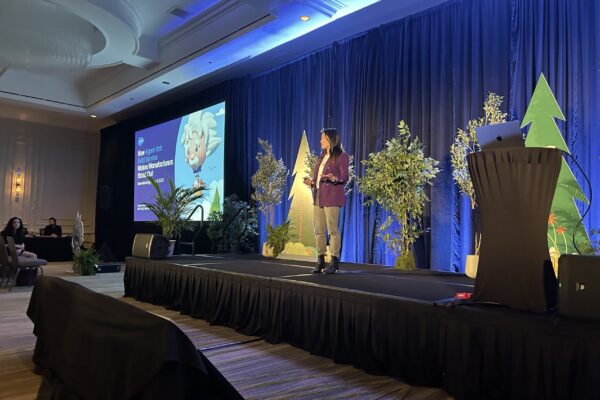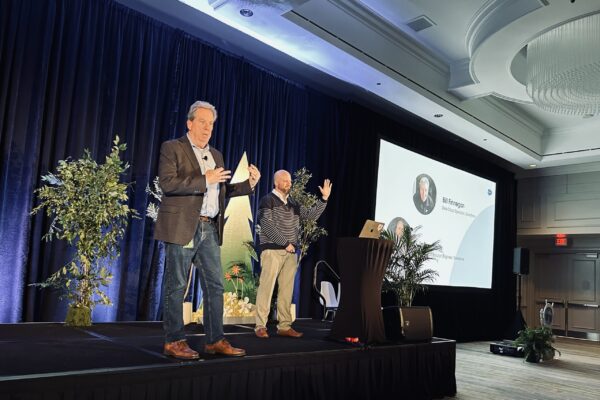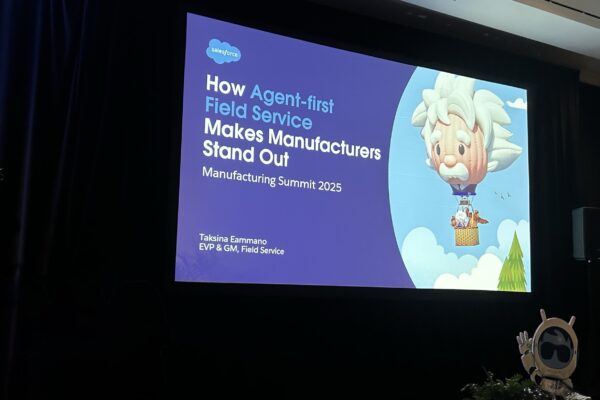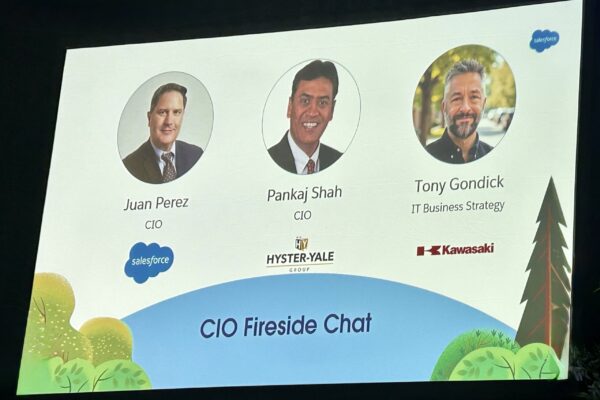The 2025 Salesforce Manufacturing Summit wasn’t about abstract ideas or vague promises of “digital transformation.” It was about real challenges manufacturers face—and specific ways technology is helping them solve these issues. From making better use of data to rethinking how teams work, here are the most impactful lessons for today’s manufacturers coming out of the summit.
1. Data is Only as Valuable as the Problems it Solves
Every manufacturer collects data, but not all use it effectively. The companies making the biggest strides are connecting their data across systems and using it to address real customer needs.
- What we learned: A global agricultural machinery company used Salesforce Data Cloud and AI to create meaningful engagement with multi-generational farming families. By tailoring communications to fit specific customer needs—like maintenance schedules and regional crop cycles—they moved beyond generic messaging, building deeper trust and stronger relationships.
- Your challenge: Take a hard look at the data you’re sitting on. Are you using it to solve customer problems, or is it just piling up? Start with one clear goal: improving customer engagement or streamlining a process and work backward to see how your data can help.
2. AI Gives Time Back to the People Who Drive Your Business
AI in 2025 is about practical solutions. By taking over repetitive, time-consuming tasks, AI is allowing teams to focus on work that requires their expertise and creativity.
- What we learned: Hyster-Yale is piloting AI co-pilot agents in procurement and service, automating 30% of repetitive tasks like processing orders and scheduling. This shift is helping employees spend more time on strategic, high-value work while reducing burnout. Their approach? “Fail fast, learn fast.” As CIO Pankaj Shah. put it, “Never let perfection get in the way of progress.”
- Your challenge: Don’t overthink AI adoption. Start small. Identify one time-consuming task, like data entry or scheduling, and test how automation can handle it. Then, expand from there as you see results.
3. Personalization Means Solving the Right Problem at the Right Time
It’s no longer enough to have a good product or competitive pricing—customers expect personalized experiences. The Summit highlighted how manufacturers are using tools like Salesforce Marketing Cloud to create those experiences at scale.
- What we learned: An enterprise engine manufacturer used Salesforce Marketing Cloud and Data Cloud to create a unified view of their customers. This allowed them to spot key moments—like when a customer might need maintenance or an upgrade—and deliver timely, relevant messaging. The payoff? Better lead conversions and stronger customer retention.
- Your challenge: Personalization doesn’t have to be complex. Look at patterns in your customers’ behavior. What signals suggest they’re about to need help or make a purchase? Use this data to deliver solutions before they ask whether it’s proactive maintenance reminders or product upgrade offers.
4. Digital Transformation Is a Series of Small Wins
The Summit emphasized that transformation isn’t an all-or-nothing proposition. The most successful manufacturers aren’t overhauling their operations overnight—they’re solving problems one step at a time.
- What we learned: Kawasaki’s strategy for “digital evolution” starts with breaking down silos between teams. They’re using Salesforce tools like MuleSoft to improve communication and lay the groundwork for round-the-clock customer service. By focusing on manageable steps, they’re making real progress without overwhelming their teams.
- Your challenge: Forget about sweeping, top-to-bottom transformations. Identify one bottleneck in your operations—whether it’s slow decision-making, poor communication, or outdated processes—and solve it. Focus on small, measurable wins before moving on to bigger challenges.
What’s Next for Manufacturers
The summit wasn’t just about technology—it was about how manufacturers can use technology to address challenges they face every day. Whether it’s leveraging AI to free up your team, using data to pinpoint pivotal moments, or building more personalized customer relationships, the path forward is clear: start small, stay focused, and solve one problem at a time.
If you’re ready to take the next step, let’s connect. We can help you figure out what’s holding you back and where to focus your efforts.






